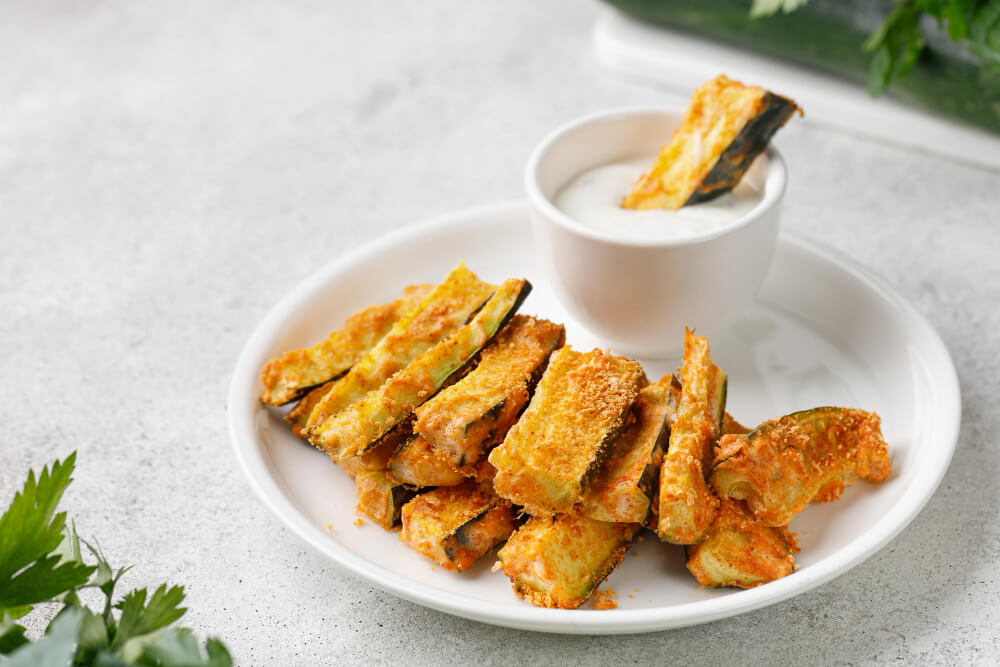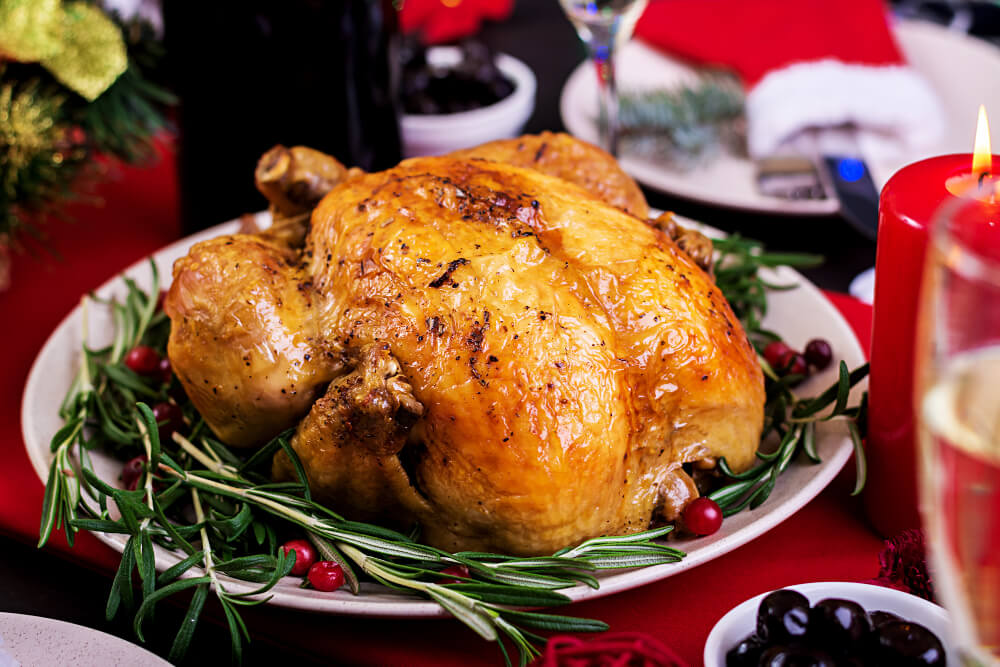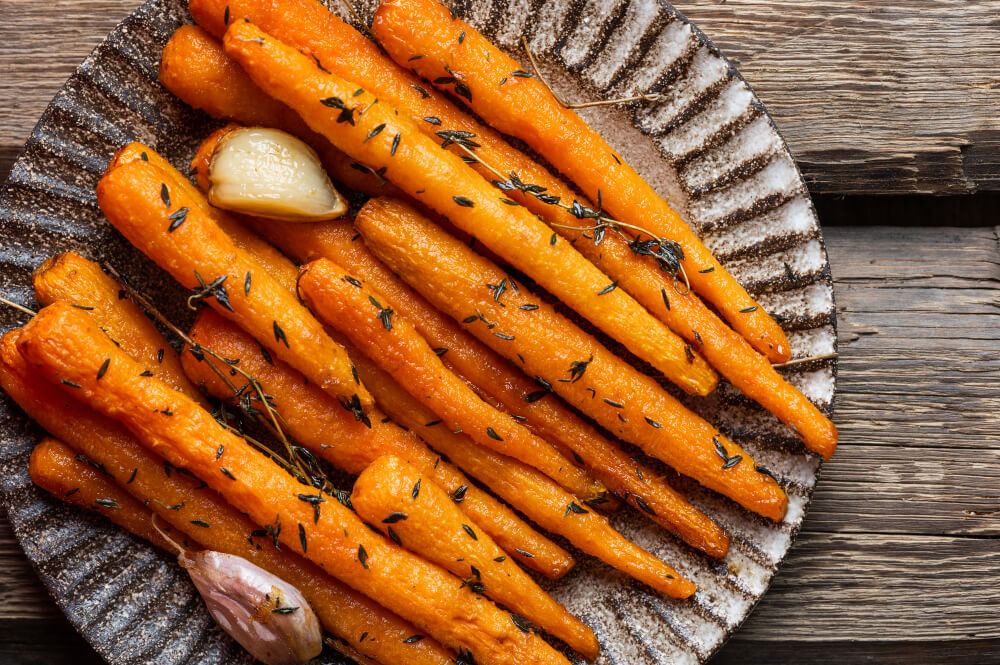
If you've been smoking beef briskets for some time now, you know how many extra fat drippings are left over after you're done. We're talking about 3 to 4 pounds of animal fat after you're done with your beef suet or beef fat trimmings.
It can be a bit of a pain to store, or worse yet, throw away. You may have wondered if there was any way to use it up and turn it into something useful. Well, there is! Your brisket's extra fat can easily be made into beef tallow using just a few simple steps.
What is Beef Tallow?

Before we go to the steps on how you can make tallow from your fat trimmings, let's talk more about what beef tallow is. Tallow is basically a rendered beef fat into a semi-solid form. It has a very high smoke point and is often used as an all-purpose cooking fat by many people. You can use tallow for frying, sautéing, roasting, or baking just about anything.
Unlike other cooking fats like butter, lard, or coconut oil, this rendered fat is a much healthier choice for cooking. It's high in vitamin E and other nutrients that are great for your body!
What's more is that the fats in beef tallow are also very saturated, which means that they're solid at room temperature. They can last for up to a year stored in a sealed container and can actually last longer when refrigerated. And liquid tallow is a great way to add some extra fat and flavor to your food! It can be used as an alternative to butter or coconut oil in many recipes.
Step-By-Step Guide on Making Homemade Beef Tallow
You're basically throwing away money when you are not using all of the tallow from your beef. That's why I've put together this step-by-step guide on how to make beef tallow at home!
Step #1 - Trimming
Place your brisket on a wooden cutting board. Using a boning knifeor utility knife, carefully trim away any fat and connective tissue surrounding the brisket. You also want to cut away any meat that is still attached to the hard fat. This will help make it easier for you to separate the fat from the muscle later on in the process.
Step #2 - Melting
Before you start to render the fat you've collected after your trimmings, get a pot and fill it with a little bit of water. The water will help to prevent the tallow from burning and will act as a heat barrier. You want to bring the water up to around 150 degrees Fahrenheit before you start adding any fat.
Pro tip: If you have large beef trimmings, you can use a meat grinder (if you have one) to grind them down into smaller pieces. The smaller the pieces are when you start to render, the faster it will be!
Step #3 - Adding The Fat
Now that your water is nice and warm, add your beef trimmings in small batches. Make sure not to fill the pot more than half way full so that there is enough room for steam to escape. You can also add the water after transferring your fat into the pot. Pour enough water just to cover the fat and then wait until it comes to a simmer. Make sure to set your cooker to low and let it simmer for a couple of hours.
Step #4 - Adding Salt
As soon as the fat simmer, low down your heat and let it cook really gently. Add about one tablespoon of kosher salt and gently mix it. Let it simmer again for another couple hours until you all the water evaporates, leaving you with a pure fat that has a white color.
Step #5 - Strain the Tallow
After couple of hours of low simmering, you can notice that all the water has been cooked away and you are left with a bit of solid left. This is the tallow and you will want to strain it through a fine mesh strainer or cheesecloth so that any remaining pieces of meat are removed from your renderings. Use at least 2 sheets of cheesecloth and put it over a straining pan just so that you can be certain that all the fat has been strained off. If you are going to use the tallow right away, then leave it as is. If not, then store it in an airtight container until you need it again.
Pro tip: If you believe that there's still some water after you strain the tallow, let it solidify itself in a pan. It will separate into two layers and the fat will be at the top. You can simply scrape it off with a spoon and use this as your tallow.
Once the tallow is rendered and strained, it is now ready for storage. The good thing about finished tallow is that you can just put it in a sealed jar and let it sit in your cabinet. Yes, you don't really have to refrigerate it. This pure liquid rendered from beef fat can last about a year without freezing it. But, if you want to make it even last longer, you can always put it in your fridge and just let it sit there until you need to use in cooking, baking, and more.
How Can You Use Beef Tallow?

Now, you might be wondering, how or where you can use this liquid fat? Tallow makes every dish a bomb. Here's how you can make use of this type of fat liquid.
- Making fries is one of the best ways to use beef tallow. It's a great way to make your fries crispy, savory and delicious. And, since it is pure fat, you will not get any extra calories from eating them aside from the ones that come from the potatoes themselves. You can also use this as a replacement for unhealthy oils when cooking or frying food at home.
- You can use beef tallow to make your own butter at home. All you need is a jar, some cream and a blender. Simply pour the cream into the jar, cover it with plastic wrap, and shake for about 20 minutes until the mixture becomes thick and creamy.
- Baking is another great way to use beef tallow. You can use it as a replacement for butter in your cakes or cookies, or you can mix it with sugar and vanilla extract to make your own frosting.
Inside the kitchen, you can easily incorporate beef tallow in every dish you make.
Outside the kitchen, some people use it for making soap, medicine, rifle grease, biodiesel, candles, and more.
FAQs
Is Beef Tallow Healthier Than Butter?
When you cut the fat from a beef and planning to render tallow from it, you don't necessarily any add any preservatives or flavorings to the tallow. This means that it's healthier than butter, which often contains salt and other ingredients to preserve it longer. In addition, beef tallow has less saturated fat than butter does. However, you should still watch your intake of both of these types of fats because they can increase cholesterol levels in your body even tallow having less saturated fat than butter does.
What Does Tallow Taste Like?
Many people think that tallow taste like beef. While, yes, it has a mild taste of beef since it comes from beef fat, it doesn't taste exactly like it. Tallow has a more subtle flavor that is hard to describe. You might notice a slight sweetness to it or a buttered flavor, depending on the type of tallow you choose.
How Long Does Homemade Tallow Last?
As mentioned earlier, your homemade or even purchased tallow will last for a long period of time. You can store your tallow in the refrigerator for up to six months or in the freezer for up to one year. If you plan on using it often, it's best to freeze some so that you have some on hand when needed.
Are Tallow and Lard the Same Thing?
Tallow is basically from beef fat. On the other hand lard is made from pork fat. Both tallow and lard are used for cooking, but many people use them interchangeably. So you can use either one of these ingredients in your recipes if needed.
Can You Render Beef Tallow in the Oven?
Yes. As long as you use a pan that's big enough to hold all of your tallow, you can render it in the oven. Simply preheat your oven to 250 degrees Fahrenheit and place the tallow in an aluminum roasting pan on top of a baking sheet. Bake for about three hours, stirring occasionally so that all sides get cooked evenly. After three hours, remove from the oven and let cool before storing in an airtight container.



